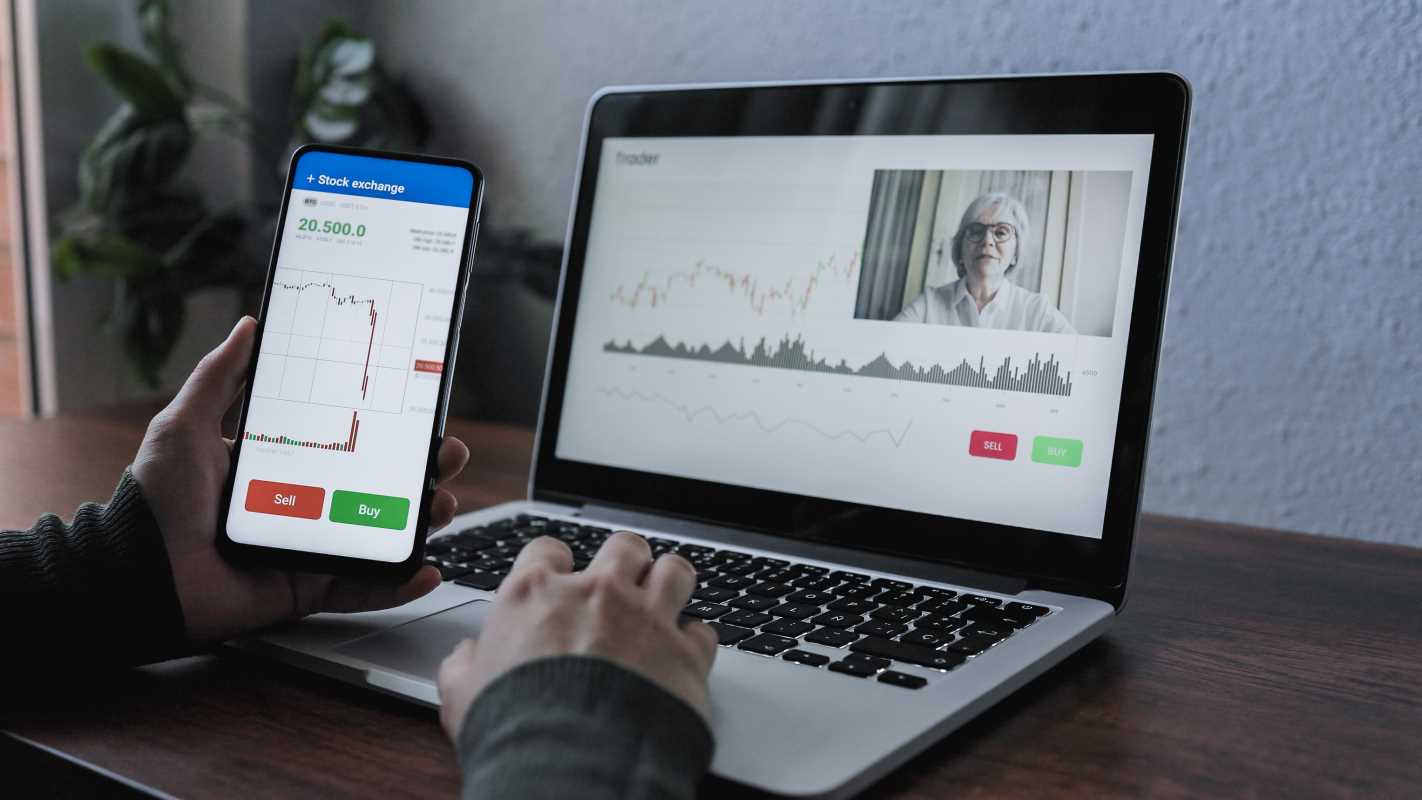Taking the leap into investing is a big achievement with the potential to significantly shape a brighter financial future for yourself. Watching your money grow and celebrating those important milestones is undoubtedly rewarding, but there may be small, unseen expenses quietly undermining your progress along the way. These seemingly minor charges, such as management fees, trading commissions, or administrative costs, might appear insignificant at first glance. As the years go by, their cumulative effect can eat away a large chunk of your hard-earned gains. Developing a clear understanding of these charges is crucial, as it empowers you to keep more of your money working harder for you. This guide will shine a light on the common expenses that could be holding you back and offer practical strategies to help minimize their impact.
Why Little Charges Matter Over Time
It’s natural to overlook a recurring fee of 1% or 2%, but in reality, these figures can have massive implications. That’s because those charges reduce your returns directly and diminish future growth thanks to “negative compounding.”
Let’s say you put $10,000 into your account and, on average, earn 7% per year.
- With a modest 0.25% annual fee, that total could grow to about $68,500 over 30 years.
- A heftier 1.5% annual charge would leave you with roughly $45,500 at the end of the same period.
That’s a difference of $23,000 that you could've kept. This example brings home why monitoring costs isn’t just about minor savings today; it can significantly influence your wealth down the road. Here are the main areas where expenses can sneak up on you.
Expense Ratios in Mutual Funds and ETFs
If you invest through mutual funds or exchange-traded funds (ETFs), part of your returns goes toward the yearly expenses involved in running the fund. This “expense ratio” covers things like management and administrative costs, and it’s shown as a percentage of your invested amount. Rather than being charged separately, it’s automatically taken out of the fund’s assets.
What Should You Check?
Because expense ratios are deducted behind the scenes, you might not notice the impact right away. For example, a fund with an 8% return and a 1% expense ratio would net you only 7%.
- Simple, index-based investment funds usually have expense ratios as low as 0.20% or below.
- More actively managed versions can have ratios exceeding 1%.
Actionable Tip:
Favor lower-cost, passive investment funds where possible, as these don’t require intensive management and keep more of your money compounding for you.
Charges for Buying and Selling
Every transaction, whether purchasing or offloading shares or funds, can sometimes result in service fees or commissions. Even though many online brokers have done away with basic fees for popular assets, costs can crop up elsewhere.
Common Sources of Transaction Costs
- Mutual Funds: Certain investment platforms require a fee when moving in or out of a fund, especially for funds outside their regular offerings.
- Other Investments: Buying things like options or bonds often comes with a per-contract or per-bond charge.
- Help from a Broker: Speaking with a representative to execute a transaction can add to your bill.
Actionable Tip:
Select a provider that offers no-fee trades for your main investment types. Also, keep trading to a minimum; a steady, long-term approach can cut down on these charges and foster better results.
Taxes You Might Overlook
Earning gains on your investments is a cause for celebration, but don’t forget the role of taxes. Whenever you sell holdings for a profit, you might owe part of those earnings to the government. How long you owned the asset matters:
- Short-term profits (held one year or less): Taxed at your ordinary income rate, which can be as high as 37%.
- Long-term gains (held over a year): Benefit from usually lower tax brackets, typically 0%, 15%, or 20% based on your income.
Actionable Tip:
Try to hold onto investments for longer than a year to qualify for friendlier tax treatment. Also, take full advantage of retirement accounts like a 401(k) or Roth IRA. These accounts shield your growth from immediate taxes or offer tax-free withdrawals, boosting your long-term prospects.
Fees for Professional Help
Working with a financial professional, whether a digital platform or a personal advisor, usually involves payment as a percentage of the amount you’ve invested with them.
How Advisory Charges Work
- Digital management platforms (robo-advisors): Typically cost between 0.25%–0.50% per year.
- Personal financial advisors: Provide more tailored guidance for a fee that may range from 1% to 1.5% annually.
Specialized advice can be very useful, but make sure you know what you’re paying for. For example, with a $100,000 balance, a 1% yearly fee would cost $1,000.
Actionable Tip:
Confident handling of your own accounts means you can bypass these charges. For those wanting guidance, consider robo-advisors for a cost-effective route. If you pick a dedicated advisor, seek one who is “fee-only” and puts your interests first.
The Downside of Too Much Cash
“Cash drag” happens when funds meant for long-term growth are left sitting idle. Money held in cash typically earns less and may not keep pace with rising prices, reducing its future value.
Sometimes, investors keep cash on the sidelines, waiting for the ideal moment to jump in or out of the market. Guessing the right timing is tough. Meanwhile, unused cash isn’t helping you grow wealth.
Actionable Tip:
Set up a system to automatically invest. Reserve just enough for near-term needs, and let the rest grow over time. Remember: consistently having money in the market generally achieves better outcomes than trying to predict its next move.
Building wealth is about protecting what you earn. By identifying where charges or hidden expenses might be reducing your gains, you can make choices that put you in control. Prioritize low-cost funds, minimize extra trades, utilize retirement accounts, and stay informed about fees for guidance. Every bit you save on these items boosts your long-term results. Ultimately, the power to protect your progress and reach your goals lies in your hands.
 (Image via
(Image via





